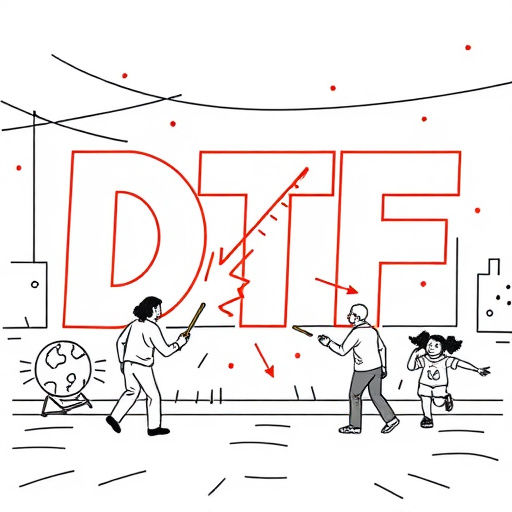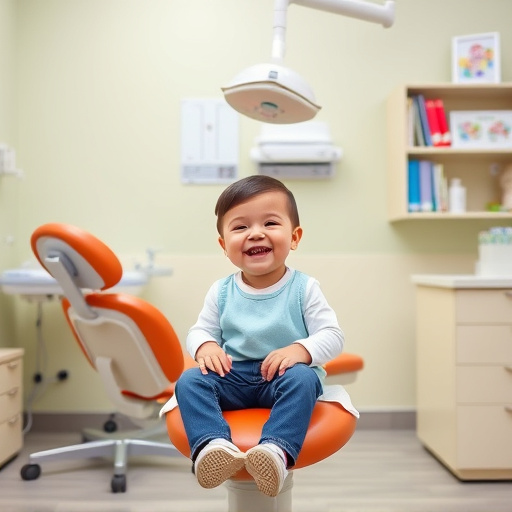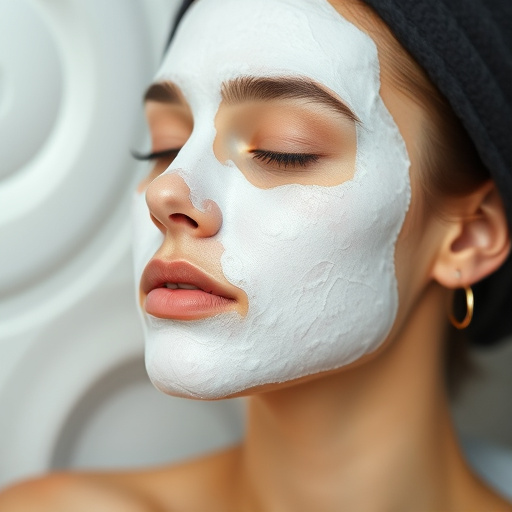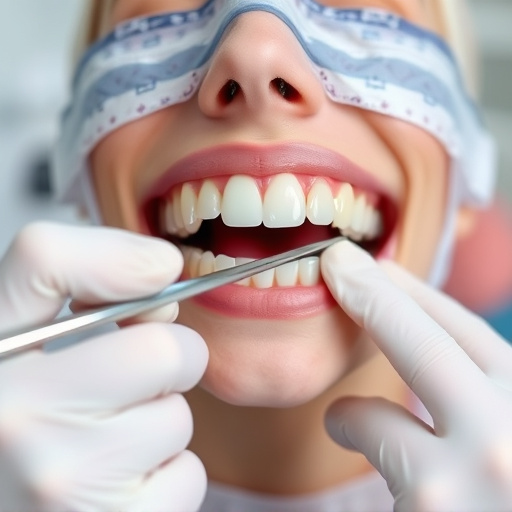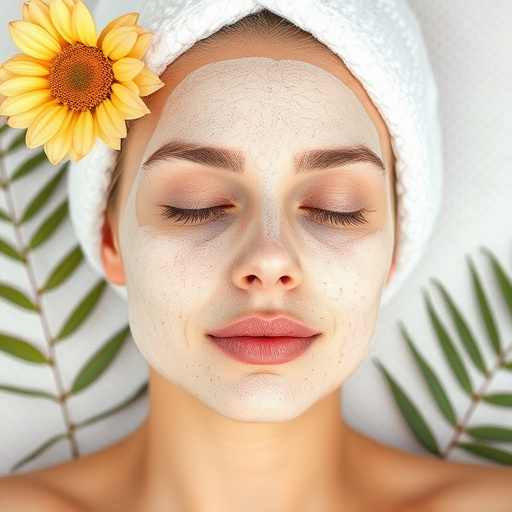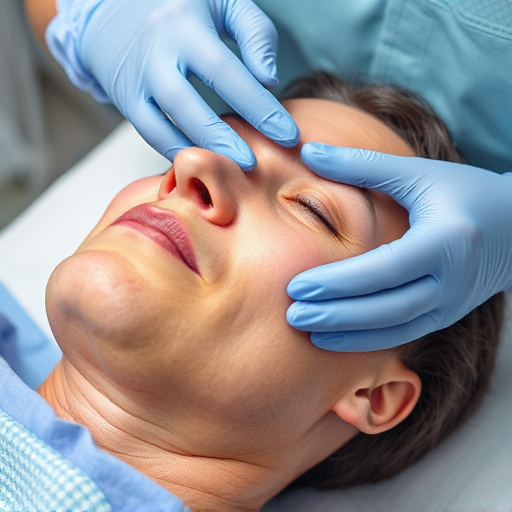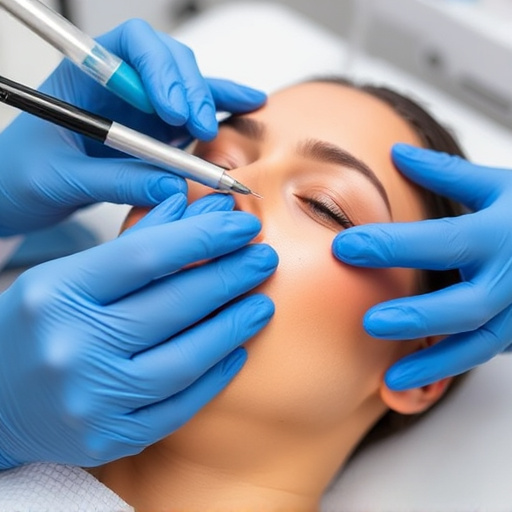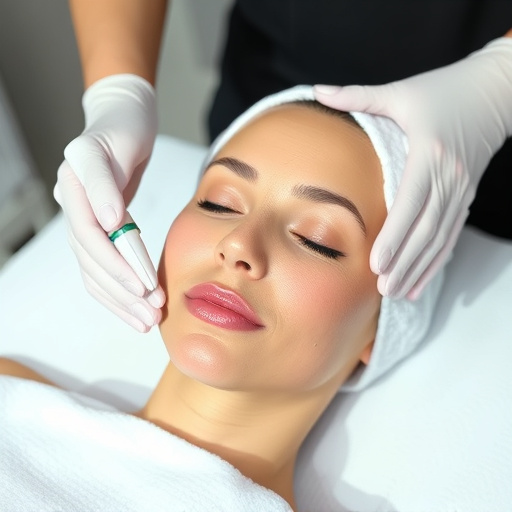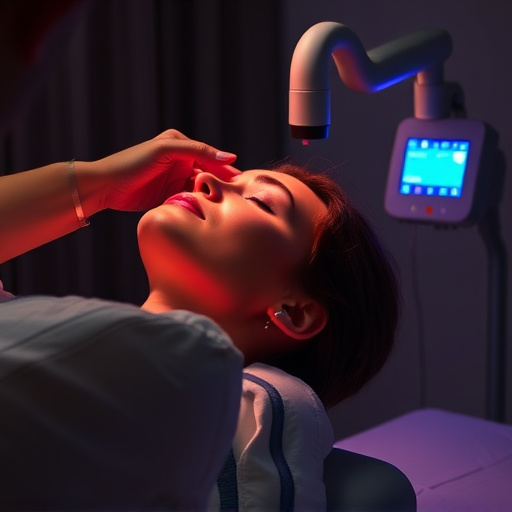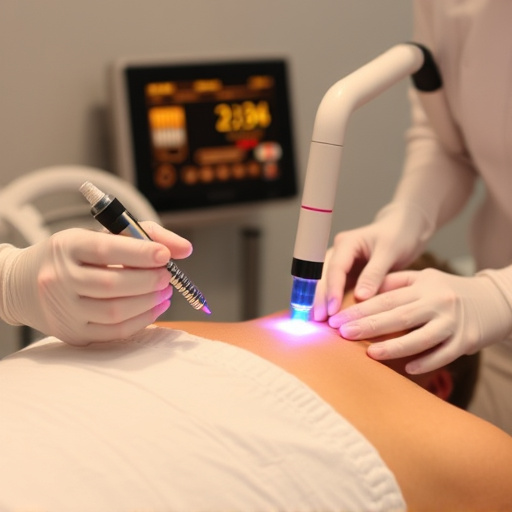Acne, a global issue impacting self-esteem, is treated with clinical strength solutions like benzoyl peroxide and salicylic acid, targeting root causes. Procedures such as chemical peels and skin tightening enhance results, improving texture and appearance. These advanced treatments offer faster, more significant outcomes than conventional methods, addressing severe acne and excess oil. However, they may cause temporary side effects, necessitating dermatological supervision and consideration of individual skin needs.
Acne, a common skin condition affecting millions globally, can leave lasting scars both physically and emotionally. Beyond over-the-counter options, clinical strength treatments have emerged as powerful allies in the battle against acne. This article delves into the world of these potent solutions, exploring their mechanisms, effectiveness, potential side effects, and patient considerations. Understanding when to incorporate clinical strength treatments into your skincare routine is crucial for achieving clearer, healthier skin.
- Understanding Acne and Its Impact on Skin Health
- Exploring Clinical Strength Treatments: Potent Solutions
- Efficacy, Side Effects, and Patient Considerations
Understanding Acne and Its Impact on Skin Health
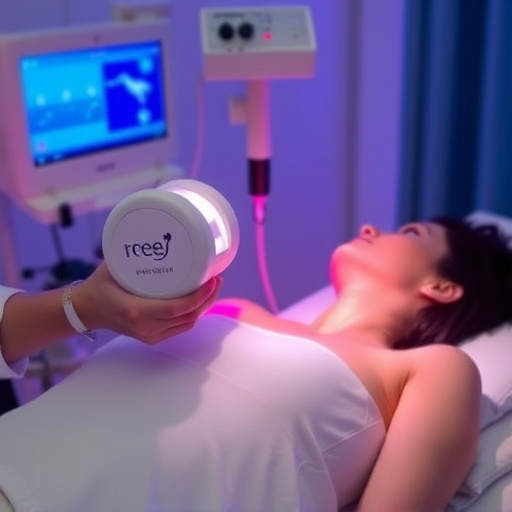
Acne is a common skin condition that affects millions worldwide, characterized by clogged pores, inflammation, and sometimes painful cysts. It goes beyond mere cosmetic concern; chronic acne can leave lasting scars and impact self-esteem. The impact extends to skin health, as it can lead to increased sensitivity, disrupted skin barrier function, and even long-term skin damage if left untreated. Understanding the complexity of acne is crucial when exploring effective solutions.
Clinical strength treatments play a pivotal role in tackling this complex issue. These formulations often contain higher concentrations of active ingredients, such as benzoyl peroxide or salicylic acid, known for their antibacterial and exfoliating properties. By addressing the root causes, including excessive sebum production and skin inflammation, these treatments can help prevent and reduce acne lesions, promoting healthier, more rejuvenated skin. Additionally, procedures like chemical peels and skin tightening can further enhance the benefits of clinical strength treatments, contributing to improved skin texture and appearance through targeted rejuvenation.
Exploring Clinical Strength Treatments: Potent Solutions
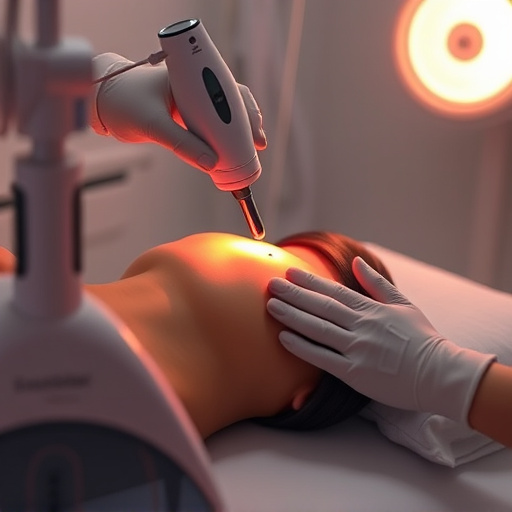
Clinical strength treatments offer potent solutions for acne, addressing the root causes with targeted and effective approaches. These advanced therapies go beyond conventional methods by utilizing active ingredients in higher concentrations, providing faster and more significant results. For instance, chemical peels apply acidic solutions to exfoliate the skin, removing dead skin cells and unclogging pores, while customized facials tailor treatments based on individual skin types and concerns.
Beyond these, hydrating facials play a crucial role in managing acne-prone skin by balancing moisture levels, reducing inflammation, and supporting the skin’s natural healing process. The combination of these clinical strength treatments can be a game-changer for those seeking effective acne solutions, offering not just temporary relief but lasting improvements in skin health and appearance.
Efficacy, Side Effects, and Patient Considerations
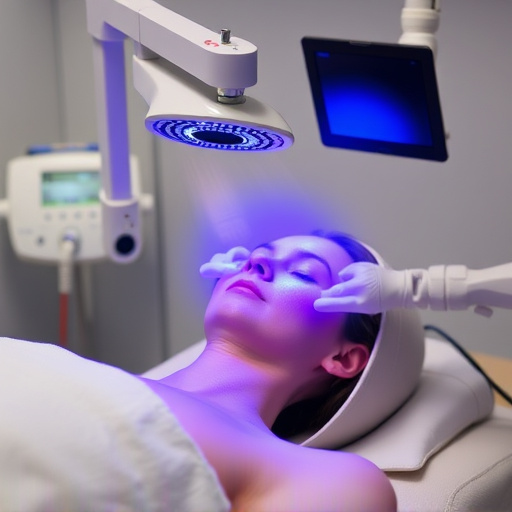
Clinical strength treatments for acne offer a powerful solution for severe or persistent skin conditions. These formulations typically contain higher concentrations of active ingredients compared to over-the-counter options, ensuring their efficacy in targeting and eradicating acne-causing bacteria and excess oil production. Many patients experience significant improvements in skin health after incorporating these treatments into their routines, leading to clearer and more balanced complexions.
However, as with any topical solution, clinical strength treatments may also present side effects. Common issues include temporary dryness, irritation, or redness of the skin. It’s crucial for patients to understand these potential drawbacks and follow the prescribed application instructions carefully. Regular monitoring and communication with a dermatologist are essential to ensure optimal results while managing any adverse reactions. Patient considerations, such as skin type, severity of acne, and tolerance for strong ingredients, play a significant role in determining the suitability and success of clinical strength treatments, positioning them as valuable tools in the arsenal against acne, alongside other effective acne treatments and anti-aging treatments.
Clinical strength treatments have emerged as powerful allies in the battle against acne, offering more aggressive yet targeted solutions. By understanding their efficacy and potential side effects, healthcare professionals can guide patients towards achieving clearer, healthier skin. These potent options provide a promising future for those seeking effective acne management, with ongoing research continuously expanding our knowledge of these clinical strengths treatments.

